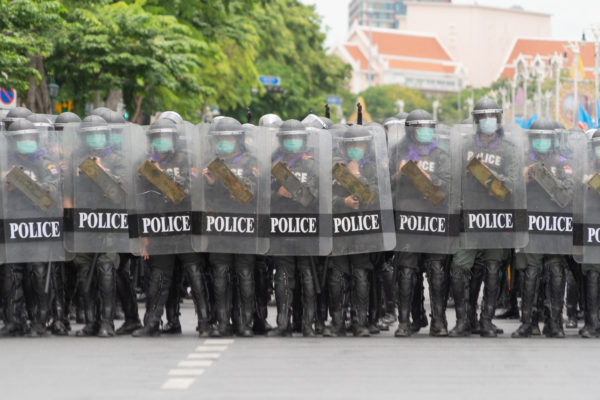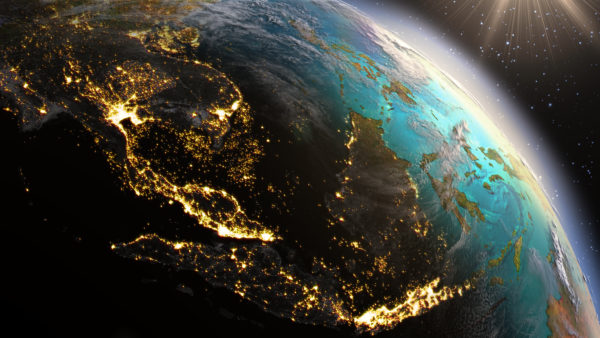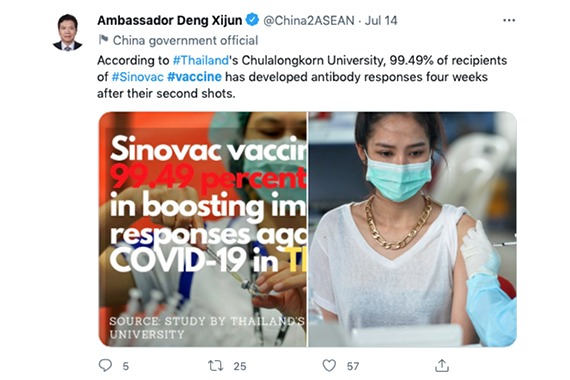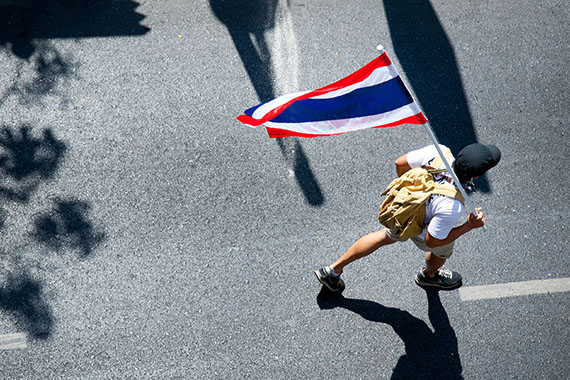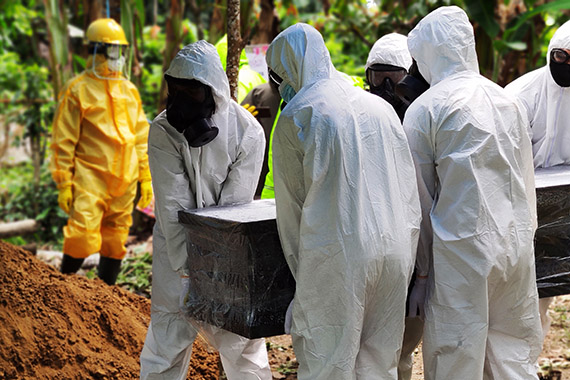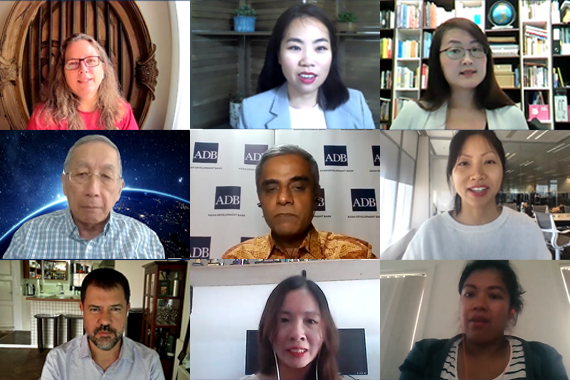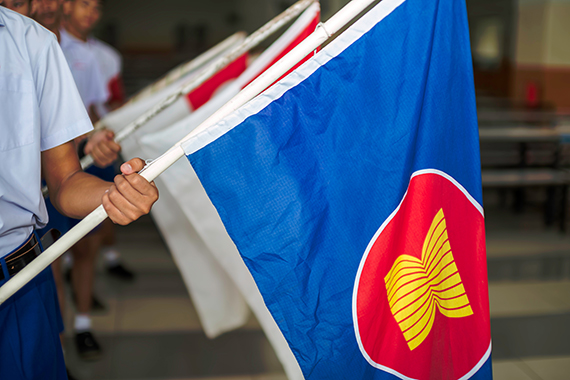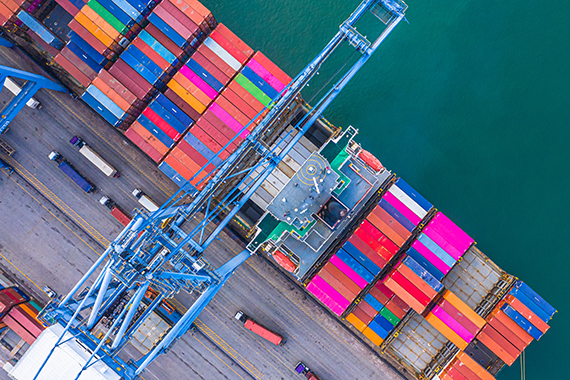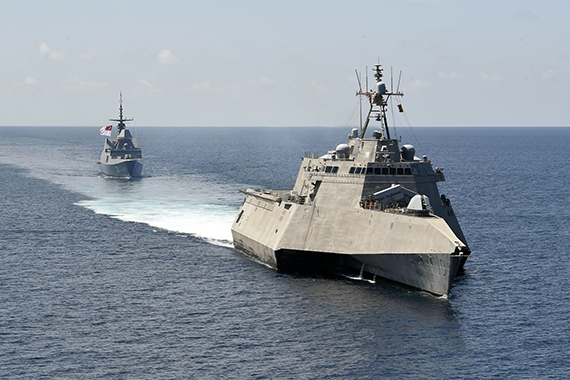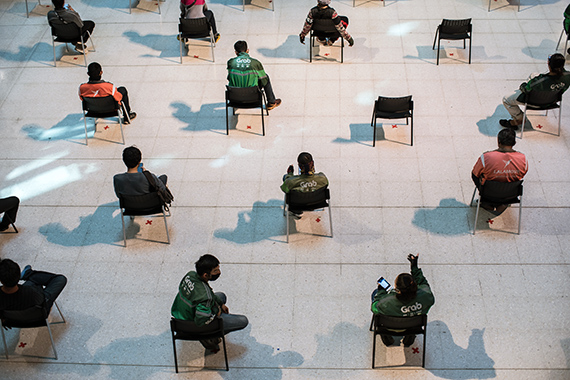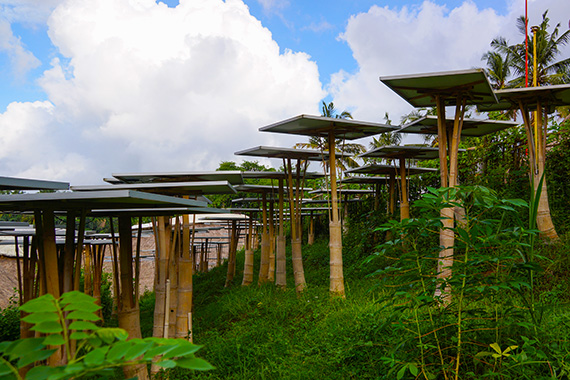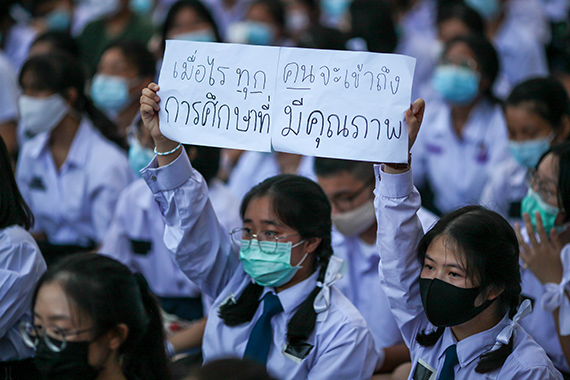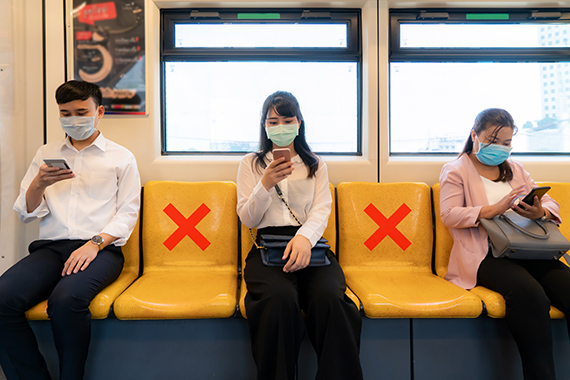The Pandemic and Geopolitics in Southeast Asia
By Richard Maude
Published on 15th November 2022
Read in 3 minutes
After two-and-a-half gruelling years, Southeast Asia has opened its economies and borders and is learning to live with COVID-19. The Asia Society Policy Institute and Asia Society Australia are therefore bringing our long-running Southeast Asia and COVID-19 project to a close. As we do so, we briefly revisit earlier project analysis of the pandemic’s effect on the region’s geo-politics, economics, and society.
The geopolitical implications of the pandemic in Southeast Asia still have a way to play out, but more than two years on we can come to some conclusions. First, as Huong le Thu observed in her essay for this project, the pandemic quickly became another vector of China-US competition.
Second, it was China whose pandemic diplomacy was more active and better resourced. Recent analysis of China’s diplomacy in Southeast Asia by the Asia Society Policy Institute explains how China effectively used its giant economy and industrial base, energetic diplomacy and its “discourse power” to advance its interests and boost its influence during the pandemic.
The United States has been playing catch up ever since, to good effect in some areas such as vaccine donations. But in at least some Southeast Asian countries, such as Indonesia, the Asia Society Policy Institute study finds that China gained influence at the expense of the United States. The risk for the United States and its partners is that China’s steady ascent will be accompanied by increasing Southeast Asian accommodation of Beijing’s interests and preferences.
Third, for all this, the pandemic has not dramatically altered the balance of power between China and the United States in Southeast Asia. Rather, China’s gains have been incremental, building on past years of deep political, economic and security investment in ties with Southeast Asia.
Fourth, the pandemic period also demonstrates that that are some underlying constraints on China’s influence in Southeast Asia that no amount of medical assistance or economic cooperation can erase.
These factors include China’s heavy-handed assertion of maritime claims in the South China Sea, its propensity to over-sell and under-deliver on infrastructure projects, low public trust in China, and ingrained wariness of China in some institutions of state, especially militaries.
Fifth, strategic space for Southeast Asian countries has narrowed during the pandemic and the region’s preference maintaining an equidistance (“not choosing”) between China and the United States is under pressure. Both Washington and Beijing are intensifying efforts to win support for their vision for regional order.
Singapore’s Prime Minister, Lee Hsien Loong, captured this sense of events closing in on the region in an August national day message that was decidedly gloomy (“around us, a storm is gathering … US-China relations are worsening … this is unlikely to improve … miscalculations can easily make things much worse”).
Even so, here the pandemic has been a minor supporting actor in the larger drama. China’s regional ambitions and the sharply divergent national interests driving US-China competition are the more important dynamic.
Huong le Thu’s essay observes that in such difficult times the real choice for Southeast Asia is between being proactive at a time of change and making conscious decisions that advance national interests, or passively trying to wait out strategic change.
Hedging in Southeast Asia remained dynamic during the pandemic, with regional countries demonstrating policies and approaches that leaned towards both China and the United States. Still, there is little evidence of Southeast Asian leaders pursuing comprehensive policy agendas that will bolster regional autonomy and resilience and harden political systems, defence forces and populations for the challenges ahead.
The region’s preference remains to avoid difficult choices. This is an instinct with deep historical and political roots. Southeast Asian governments also feel they have more important challenges, especially supporting recovery from the pandemic.
Here, while China is by no means the only important economic partner for the region, its huge manufacturing sector, consumer class and outward investment flows were seen as vitally important. Indeed, trade dependence on China intensified during the pandemic. Exports to China as a percentage of ASEAN’s global exports increased from 14.2 per cent in 2019 to 16.4 per cent in 2021, a shift of nearly five per cent.[1]
Finally, while much of Southeast Asia dipped into recession in 2020, the generally healthy recovery now underway has limited the pandemic’s impact on the hierarchy of power within the region. Some Southeast Asian countries were hit harder than others, but none went under economically. And none of the major political events in the region (the coup in Myanmar, for example) were driven by the pandemic.
Worth noting, though, is Vietnam’s ability to stave off recession in 2020 when others in the region could not, and its rapid recovery since. Vietnam’s GDP surged in 2021, significantly narrowing the gap between it and Singapore, Malaysia and the Philippines in the region’s economic rankings. Vietnam now looks set to enter the top five largest economies in Southeast Asia and to keep moving up the ranks.
Skip to section:
ASEAN and GeopoliticsSkip to section:
ASEAN and Geopolitics
